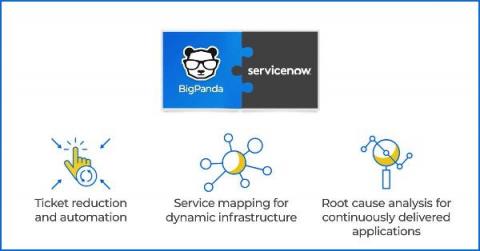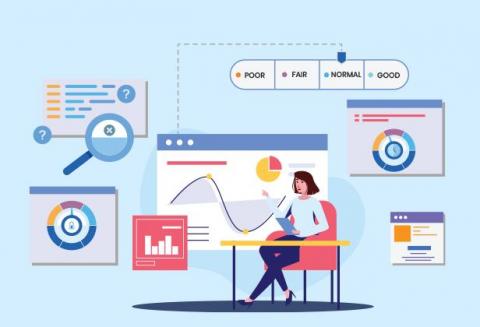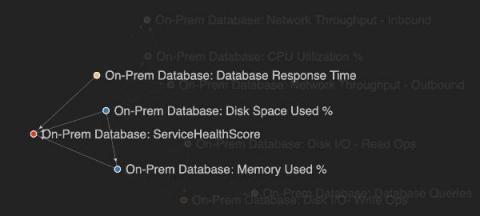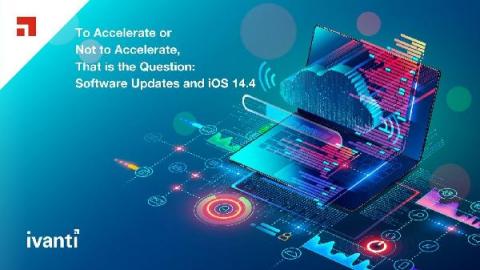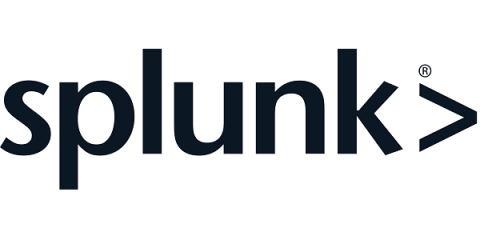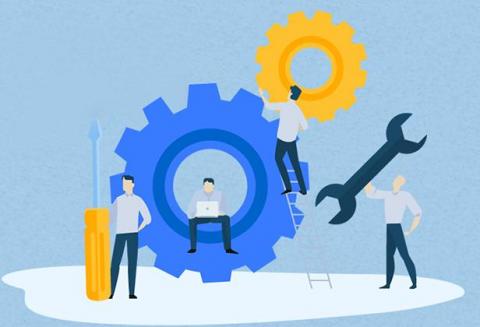Streamlining IT Operations with BigPanda and ServiceNow
Does the following sound familiar? You have a complex, hybrid and dynamic IT stack – with your cloud infrastructure changing by the minute and your container infrastructure changing by the second. Your monitoring and observability tools provide excellent visibility into your infrastructure, your applications and your services, but the dynamic environment in which they operate causes them to generate large volumes of heterogeneous machine data, with thousands of alerts a minute.


